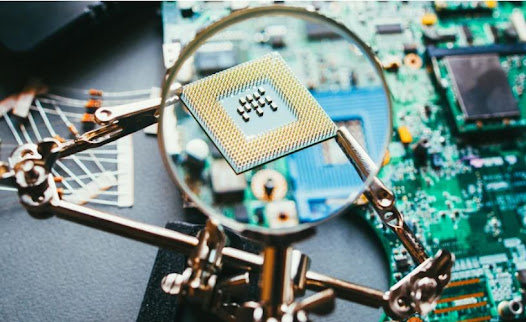Understanding Rigid-Flex PCBs
Definition and Composition
Rigid-flex PCBs combine rigid and flexible boards into a single structure, featuring multiple layers of flexible circuit substrates attached to rigid boards. This hybrid design offers unmatched flexibility in electronic design, enabling complex configurations and reducing the need for connectors and wiring.
Benefits
Space Efficiency: They minimize space usage by integrating components into a unified structure.
Durability: The reduction of interconnects lowers the risk of connection failures, enhancing the product's reliability.
Design Versatility: They support complex shapes and fold patterns, essential in modern miniaturized and complex devices.
Applications
Rigid-flex PCBs are prevalent in industries like aerospace, consumer electronics, and medical devices, where space, reliability, and design complexity are paramount.
Designing for Affordability
Material Selection
Materials significantly influence cost. While high-performance materials like polyimide are common for flexible layers, alternatives like polyester can be considered for less demanding applications. For rigid sections, standard FR-4 material is a cost-effective choice.
Design Simplification
Simplifying the design without compromising functionality can lead to substantial savings. Minimizing layer count, optimizing trace routing, and eliminating unnecessary features can reduce manufacturing complexity and costs.
Penalization
Penalization involves grouping multiple boards on a single panel during pcb manufacturing, maximizing material usage and reducing waste. Effective penalization can significantly decrease the per-unit cost in production.
Affordable Manufacturing Strategies
Choosing the Right Manufacturer
Partnering with a manufacturer experienced in rigid-flex PCB production is crucial. They can offer design optimization tips, efficient production processes, and potentially lower material costs due to bulk purchasing.
Prototyping
Investing in prototyping can prevent costly design mistakes in the mass production phase. Some manufacturers offer cost-effective prototyping services, allowing for design refinements before committing to full-scale production.
Volume Discounts
Manufacturers typically offer discounts for larger orders. Planning your production to leverage these discounts can lead to significant savings, though it requires accurate demand forecasting to avoid surplus inventory.
Assembly Integration
Choosing a manufacturer that provides integrated assembly services can reduce costs associated with shipping and handling between separate fabrication and assembly facilities.
Case Studies
Consumer Electronics
A case study in the consumer electronics sector demonstrates how a manufacturer reduced costs by 20% by optimizing their rigid-flex PCB design for a wearable device. By reducing layer count, optimizing trace routing, and selecting cost-effective materials, they achieved a design that met all functional requirements while being significantly cheaper to produce.
Automotive Industry
In the automotive industry, a company utilized rigid-flex PCBs for a new line of sensors. Through effective panelization and volume production, they managed to decrease the unit cost by 15% while maintaining high standards of quality and reliability, crucial for automotive components.
Medical Devices
A medical device manufacturer used rigid-flex PCBs to enhance the design of a portable diagnostic device. By working closely with their PCB manufacturer, they optimized the design for manufacturability, reducing the production cost by 18% without compromising device performance or reliability.
Future Trends and Cost Reduction Opportunities
Technological Advancements
Advancements in PCB manufacturing technologies, such as improved automation and more efficient material utilization, are expected to lower the costs of rigid-flex PCBs further. Staying updated with these trends can provide opportunities for cost savings.
Collaborative Design and Manufacturing
A collaborative approach between designers and manufacturers can lead to more cost-effective solutions. Early involvement of manufacturers in the design process can help identify potential cost-saving opportunities and design optimizations.
Eco-friendly Materials
The shift towards sustainable and eco-friendly materials could also influence the cost dynamics of rigid-flex PCBs. As these materials become more mainstream, their costs are likely to decrease, providing an economical and environmentally friendly alternative.
Conclusion
Rigid-flex PCBs are at the forefront of electronic design innovation, offering unmatched flexibility and efficiency. While they are perceived as expensive, strategic design choices, informed material selection, and a collaborative approach to manufacturing can make them surprisingly affordable. By embracing these strategies, designers and manufacturers can leverage the benefits of rigid-flex PCBs to create cutting-edge, cost-effective electronic products. As the industry evolves, staying informed about the latest trends and advancements will be key to harnessing the full potential of these versatile boards in a cost-conscious manner.








